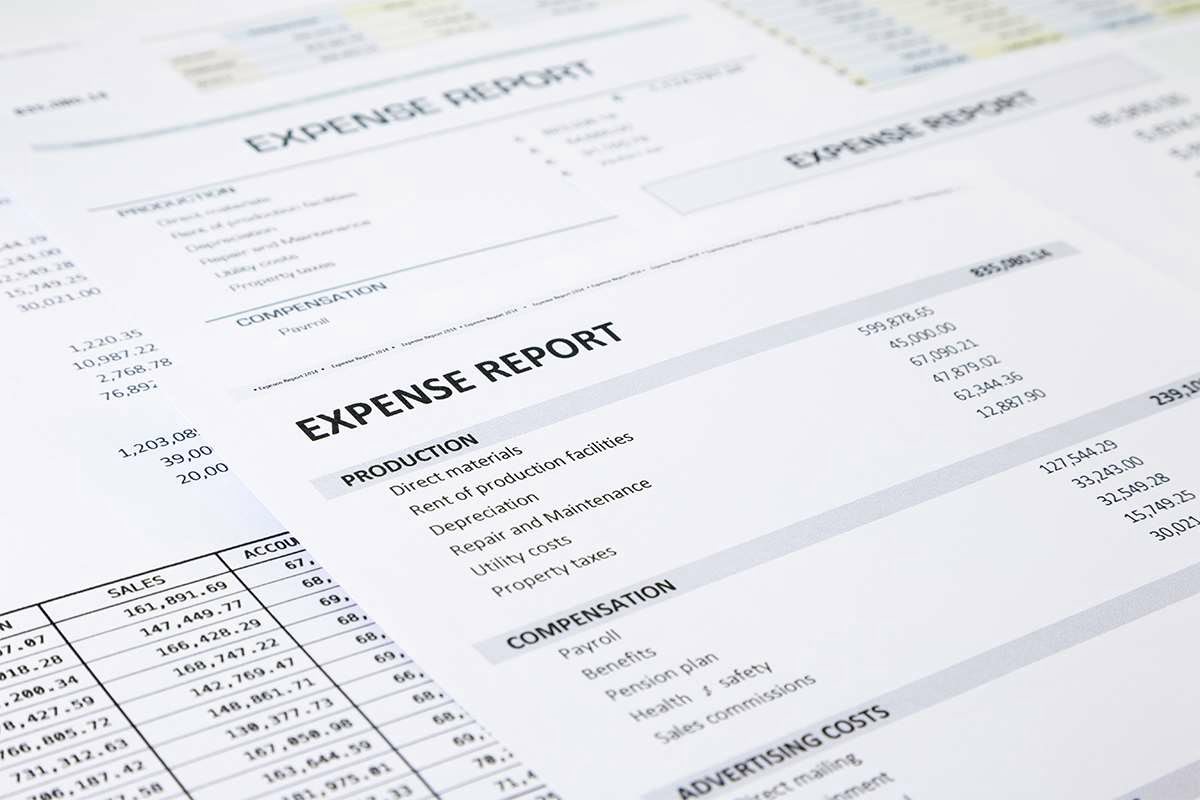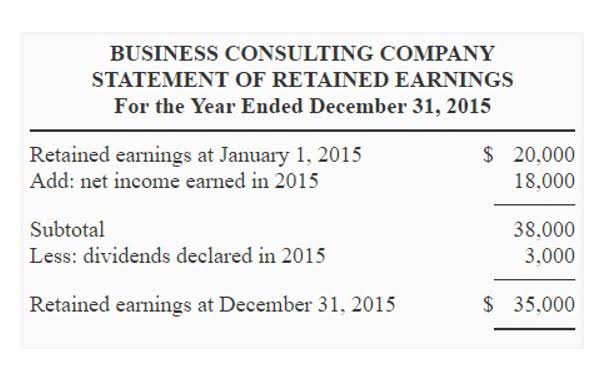
The accounting equation remains in balance since ASC’s assets have been reduced by $100 and so has the owner’s equity. You can interpret the amounts in the accounting equation to mean that ASC has assets of $10,000 and the source of those assets was the owner, J. Alternatively, you can view the accounting equation to mean that ASC has assets of $10,000 and there are no claims by creditors (liabilities) against the assets. As a result, the owner has a claim for the remainder or residual of $10,000. Retained earnings reflect a company’s total profits after dividends. They show a credit normal balance for retained earnings because they are part of equity.
Common Mistakes to Avoid with Debit Balances
Sometimes a bill is processed during the accounting period, but the amount represents the expense for one or more future accounting periods. For example, the bill for the insurance on the company’s vehicles might be $6,000 and covers the six-month period of January 1 through June 30. Under the accrual method of accounting, the expenses should be reported in the same accounting period as the related revenues. If that is not certain, then an expense should be reported in the accounting period in which its cost expires or is used up. Accrued Revenues/ReceivablesUnder the accrual method of accounting, revenues are to be reported when goods or services have been delivered even if a sales invoice has not been generated. This account will report the amounts that a company has a right to receive but the sales invoices have yet to be prepared or entered in Accounts Receivable.
Normal Credit Balance:
The balance sheet reports a company’s assets, liabilities, and owner’s (or stockholders’) equity at a specific point in time. Like the accounting equation, it shows that a company’s total amount of assets equals the total amount of liabilities plus owner’s (or stockholders’) equity. In budgeting and forecasting, normal balances serve as a guide for predicting future financial transactions and their impact on a company’s financial statements. When creating a budget, accountants project the expected debits and credits for each account, based on historical data and anticipated business activities. This projection helps in setting financial targets and establishing benchmarks for performance evaluation. Another misconception is that normal balances are the expected ending balances for accounts.

Permanent and Temporary Accounts

At the end of the accounting year, the balance in each of the accounts for recording operating revenues will be closed in order to start the next accounting year with a Bookkeeping for Veterinarians zero balance. Stockholders’ equity is on the right side of the accounting equation.Stockholders’ equity account balances should be on the right side of the accounts. Thus liability accounts such as Accounts Payable, Notes Payable, Wages Payable, and Interest Payable should have credit balances. The income statement accounts are also known as temporary accounts since the balances in these accounts will be closed at the end of the accounting year.
What Does Liabilities Mean? Accounting Definition & Examples
The chart of accounts consists of balance sheet accounts (assets, liabilities, stockholders’ equity) and income statement accounts (revenues, expenses, gains, losses). The chart of accounts can be expanded and tailored to reflect the operations of the company. The concept of a normal balance for each account type is integral to the coherence of financial records. It refers to the side of the ledger—debit or credit—where the balance of the account is customarily found. For asset and expense accounts, this is typically a debit balance, while liability, equity, and revenue accounts usually have a credit balance.

- Pour over every transaction and match them against receipts and bank statements.
- As you can see, ASC’s assets increase and ASC’s liabilities increase by $7,000.
- The company’s transactions were written in the journals in date order.
- Shareholders’ equity is the total value of the company expressed in dollars.
- To get started, let’s review some facts that you should already be aware of as a bookkeeper, accountant, small business owner, or student.
Double-entry accounting is a system where every transaction affects at least two accounts. Other or nonoperating items include interest income, interest expense, and gains and losses on sale of assets used in the business, loss on lawsuit, etc. A current asset which indicates the cost of the insurance contract (premiums) that have been paid in advance. It represents the amount that has been paid but has not yet expired as of the balance sheet date. A current asset whose ending balance should report the cost of a merchandiser’s products awaiting to be sold.
- The statement of cash flows is also known as the cash flow statement.
- A balance sheet heading or grouping that includes both cash and those marketable assets that are very close to their maturity dates.
- The initial challenge is understanding which account will have the debit entry and which account will have the credit entry.
- Picture these accounts like fuel gauges measuring the resources burned to keep your business engine running.
- This is because creditors – parties that lend money such as banks – have the first claim to a company’s assets.
- In other words, for a company with accounting periods which are calendar months, an accrual-type adjusting entry dated December 31 will be reversed on January 1.
But ledger account in accounting, a deposit is a debit because it raises an asset. Understanding this difference is crucial for all financial analysis. The initial challenge is understanding which account will have the debit entry and which account will have the credit entry. Before we explain and illustrate the debits and credits in accounting and bookkeeping, we will discuss the accounts in which the debits and credits will be entered or posted.
- When an account has a balance that is opposite the expected normal balance of that account, the account is said to have an abnormal balance.
- The concept of a normal balance for each account type is integral to the coherence of financial records.
- Whether you’re an entrepreneur or a seasoned business owner, understanding the normal balance of accounts is crucial to keeping your business’s financial health in check.
- Within the cash flow statement, the cash receipts or cash inflows are reported as positive amounts.
- The accounting equation totals also reveal that the corporation’s creditors had a claim of $7,120 and the stockholders had a claim for the remaining $10,080.
- For example, if a company has ten checking accounts, the balances will be combined and the total amount will be reported on the balance sheet as the asset Cash.

When the allowance account is used, the company is anticipating that some accounts will be uncollectible in advance of knowing the specific account. As a result the bad debts expense is more closely matched to the sale. When a specific account is identified as uncollectible, the Allowance for Doubtful Accounts should be debited and Accounts Receivable should be credited. Generally a long term liability account containing the face amount, par accounting equation normal balances amount, or maturity amount of the bonds issued by a company that are outstanding as of the balance sheet date. Cost of goods sold is usually the largest expense on the income statement of a company selling products or goods.
What is the normal balance of the Accounts Payable?
Expenses are deferred to a balance sheet asset account until the expenses are used up, expired, or matched with revenues. At that time they will be moved to an expense on the income statement. A liability account that reports amounts received in advance of providing goods or services. When the goods or services are provided, this account balance is decreased and a revenue account is increased. The amount of insurance that was incurred/used up/expired during the period of time appearing in the heading of the income statement.

